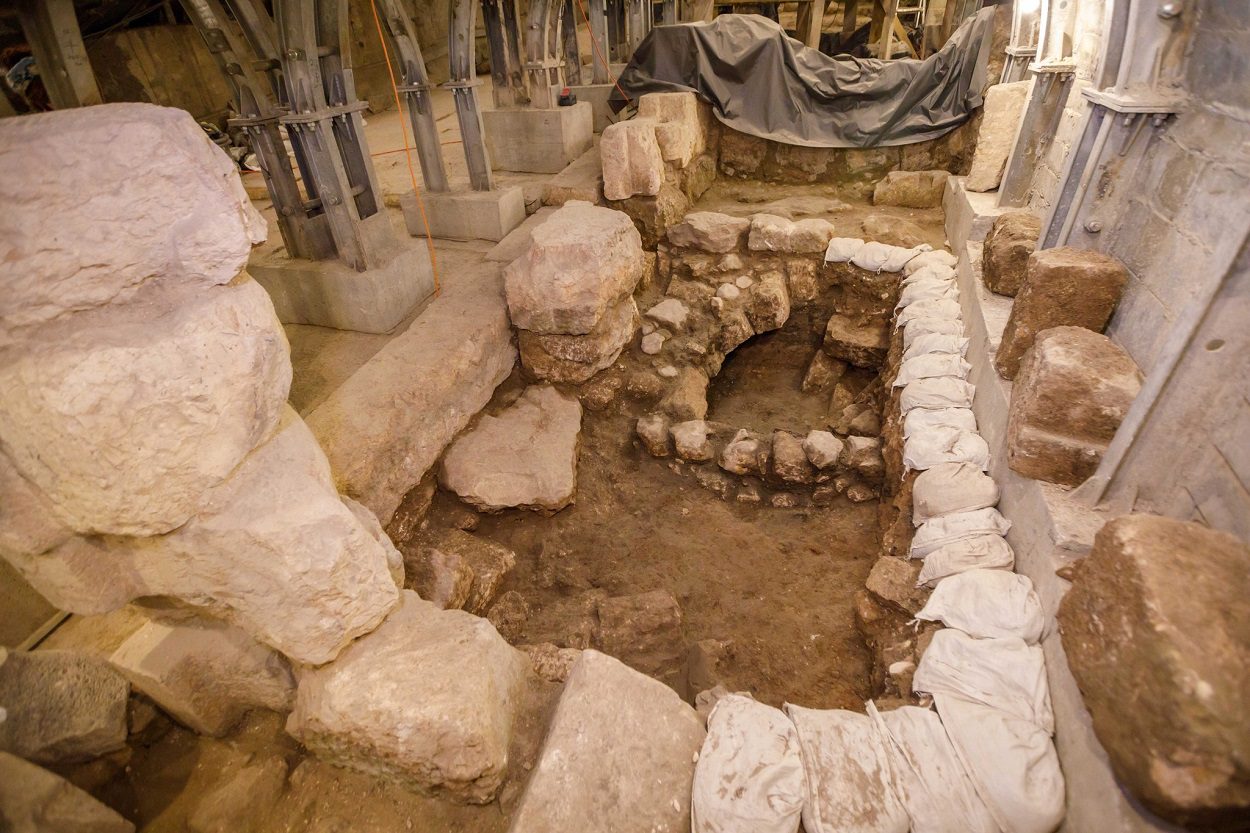Archaeologists from the Israel Antiquities Authority (IAA) have found evidence of the Roman destruction of Jerusalem during excavations at the City of David in the Jerusalem Walls National Park.
The destruction of Jerusalem was in response to the Great Revolt, the first of several uprisings by the Jewish population of Judea against the Roman Empire. The seeds of the revolt was in part caused by increasing religious tensions and high taxation, leading to the plundering of the Second Temple and the arrest of senior Jewish political and religious figures by the Romans.
The Romans mobilised four Legions (supported by forces of Agrippa) to subdue the rebellion and punish the Jewish people as an example to others. The legions reached Jerusalem in AD 70, placing the city under siege for four months.
After several battles, the entire city and the Second Temple was destroyed, with contemporary historian, Titus Flavius Josephus. stating: “Jerusalem … was so thoroughly razed to the ground by those that demolished it to its foundations, that nothing was left that could ever persuade visitors that it had once been a place of habitation.”
Excavations in the City of David have found collapsed buildings alongside the “Pilgrim’s Road” – the main street of Jerusalem during the Second Temple period. Inside one of the buildings are traces of burnt wooden beams from the time of the destruction, in addition to decorated stone vessels, a stone weight, a crucible for melting metal, and a bronze bowl.
The team also found a coin from the second year of the Great Revolt with the inscription: “For the freedom of Zion.”
According to Israel Antiquities Authority excavation directors, Shlomo Greenberg and Rikki Zalut Har-Tuv: “All these findings together paint a picture of the lives of the residents who lived in Jerusalem just prior to the destruction. To return to Jerusalem after 2,000 years and rediscover the remains of the destruction, especially in an excavation taking place shortly before Tisha B’Av, is a very moving experience that cannot leave us indifferent.”
Header Image Credit : IAA





